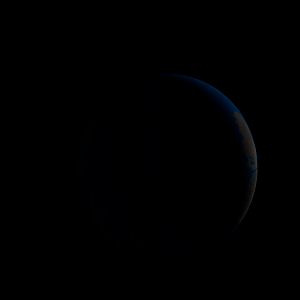|
|
Space Astro
|
Info for exoplanet "Bwap Wen"
| Scientific (actual) data |
|---|
| Name | HD 360 b |
| Planet status | Confirmed |
| Mass sini | 0.75 |
| Orbital period | 273.1 |
| Semi major axis | 0.98 |
| Orbit eccentricity | 0.14 |
| Discovered | 2021 |
| Updated | 2024-09-21 |
| Omega | 133 |
| Tperi | 2455180 |
| K | 16.8 |
| Publication | Published in a refereed paper |
| Detection type | Radial Velocity |
| Mass measurement type | Radial Velocity |
| Star name | HD 360 |
| Right ascension | 2.08° |
| Declination | -8.82° |
| Mag v | 5.98 |
| Star distance | 111.542 |
| Star metallicity | -0.06 |
| Star mass | 1.69 |
| Star radius | 10.86 |
| Star sp type | G8III |
| Star temperature | 4741 |
| Wikipedia article | HD 360 b |
Back
| |
| Fictional info (?) |
|---|
| Suggested name | Bwap Wen |
| Planet type | Cold planet |
| When viewed from Earth, this proximity to HD 360 means the planet can only be seen near the western or eastern horizon during the early evening or early morning. |
| Atmosphere | Carbonyl sulfide | 50% |
| Nitrogen | 16% |
| Methane | 13% |
| Ozone | 12% |
| Helium | 7.4% |
| Ethane | 0.51% |
| Ammonium hydrosulfide (NH4SH) | 0.029% |
| Argon | 0% |
| Atmospheric pressure | 0.6 bar |
 |
| No known satellites |
| Google search for Bwap wen |
|
Website by Joachim Michaelis
|
|
|
|